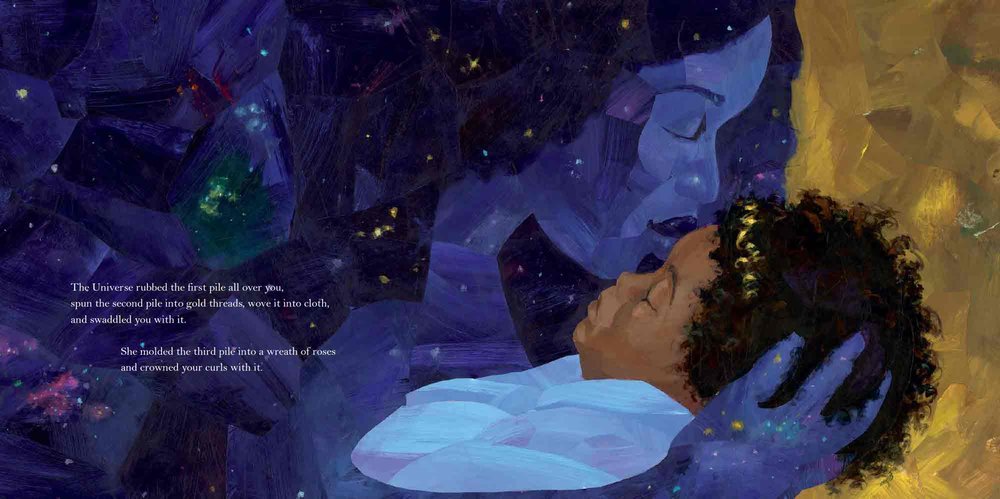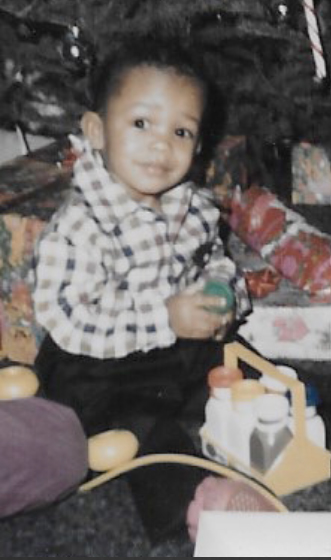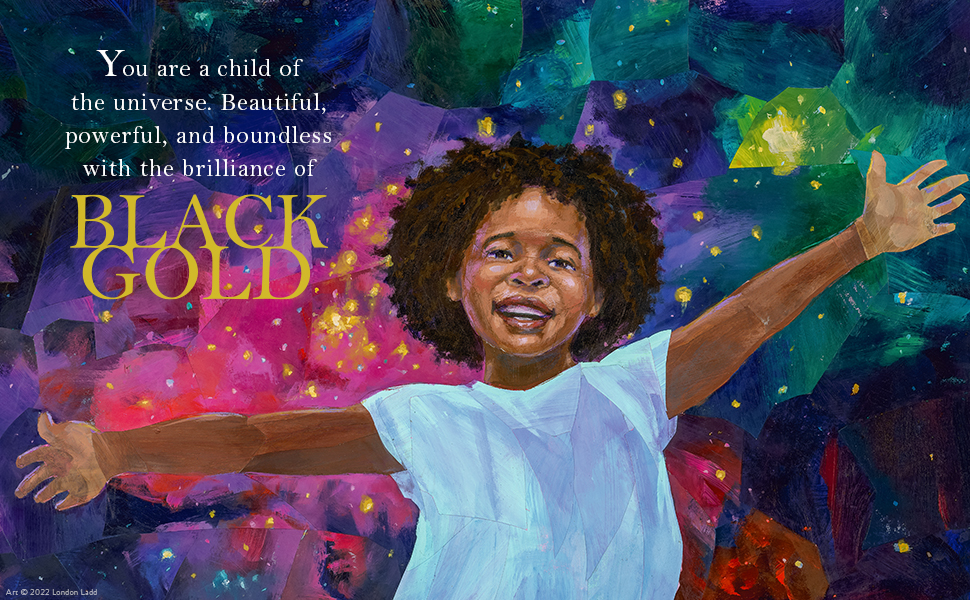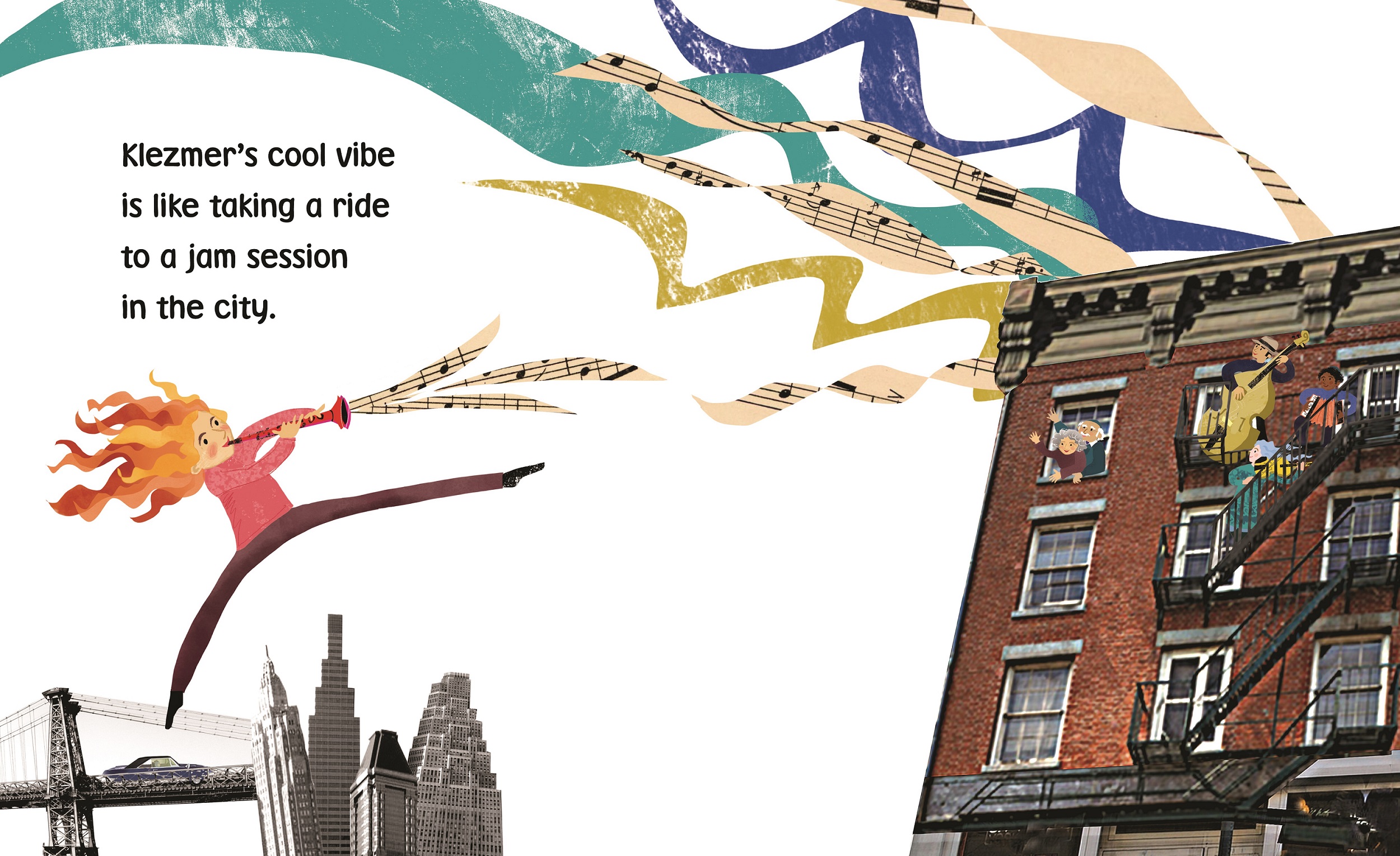–
Martha Brockenbrough occupies a lot of different places in children’s literature, fiction and nonfiction, picture books to chapter books to young adult novels. Martha’s newest book comes out this April and it’s her first middle-grade title — just right for mystery lovers (and if you like dogs, all the better!). Let’s get to know her a little bit.
1. We’ve never met, so let’s start at the beginning. Were you one of those kids who knew from an early age that you wanted to be an author?
I loved books before I knew it was possible to be an author. I had it in my head that the world already had all the books it needed—and I was so happy to learn in third grade that I could be an author. I’d considered being a veterinarian, but my aversion to blood and suffering means author is the far better career choice. As a kid, I read everything I could. Fiction, nonfiction. Stuff for kids. Stuff for grownups. If it was in print, I was curious. I was pretty darned shy as a child, and inside the covers of a book, I had all the company I ever wanted—with none of the forced Free to Be You and Me singalongs.
–
–
2) You’ve written a somewhat dizzying range of titles and genre — from adult titles all the way up to picture books — but To Catch a Thief is your first middle-grade novel. How and why did that come about for you and, tacking on to that, what if any new challenges did the middle-grade novel present?
I’ve written many different types of books for the same reason I read many formats. I love it. To understand a category well enough to write it is, for me, how I express that love. It’s been a really fun career, and even though I completely ignored the 2009-era advice to “have a brand,” I’ve truly built a life around story. Middle grade might just be my favorite thing to read, but it was kind of a tough nut for crack. There are so many ways to do it, and I had to discover my way. When I was that age of reader, I loved mysteries. I fancied myself a detective or a spy. I even made my younger sisters and me secret dossier folders out of envelopes and I felt extremely cool doing that. Encyclopedia Brown, the Three Investigators, Agatha Christie—I loved it all (and read Agatha Christie instead of doing Calculus. No regrets.).
–
–
3) Let’s talk about the setting for To Catch a Thief. It is this very quaint, benign little seaside town where everybody knows your name. I’m almost hesitant to say this, but I was reminded of the old Boxcar Children in terms of the warm and cozy and convivial vibe. Was that intentional from the get-go?
I was coming off writing a biography of Donald Trump and an extremely gory YA retelling subverting a dozen or so fairytales. I wanted something comforting. I wanted tomato soup and grilled cheese. So I wrote everything I love, loosely basing the setting in a community called Seabrook on the Washington Coast. I did make everything about 37 percent more disheveled. I’m one of five kids, though, so I know what it’s like to grow up in a crowded house with a leaky roof, and I really know what it’s like to want a dog for a pet.
–
–
4) Well, yes. Indeed a lost dog plays a prominent role in this story — along with a child’s desperate longing to own that dog.
When I was nine, a chocolate brown toy poodle followed me home from school. My mom checked his tag—his name was Randy—and made me return him to the address on the tag. When I knocked on the door, the woman who answered offered me the dog. I told her I’d have to ask permission. I wore my mom down a day or so later and was so excited that I told my friends at school I was getting a dog. I stopped at his house to pick him up. The woman opened the door and told me she’d already gotten rid of him. Not long after, though, my parents brought home a puppy. A golden retriever. And in the 42 years since, I’ve had five of my own (along with several cats). At the moment, I have two goldens, Dottie and Millie. They are my ladies, and they keep me company as I write and they demand I take breaks. They help me cook, they shed on my friends, and they teach me lessons about joy, devotion, and forgiveness every single day.
–
5) As the author of Unpresidented, you did an enormous amount of research and spent a lot of time living in the mind of Donald Trump. That seems like trauma to me. “Post-Trump Stress Disorder.” How did you recover from that experience? In some respects, it feels like writing Catch was a healthy antidote. A spiritual cleanse. So what’s your coping strategy for the 2024 election? Seriously, help me. I’m dreading it.
–
–
This book definitely helped, as did my early chapter book series, which launches its second title this year—Frank and the Masked Cat. (Yes, there’s also a dog in it. OF COURSE.) It was extremely traumatic to do the Trump book. When you really dig deep into that stuff and see the patterns, it’s not hard to predict what will happen. “Anything to win” was the thesis of that book, and it bore tragic fruit on January 6, 2020. One of the most traumatic parts, I think, is having a bit of the Cassandra syndrome. That book is entirely factual and so many people don’t believe it. It’s because they don’t want to, and because we’ve been conditioned to think that “both sides” are to blame. Sometimes that’s true. It’s not here.
Anyway.
The midterm election should give all of us heart. But I hope it doesn’t make us complacent. Democracy is hard work. We are the people, and we owe our nation our best efforts. Children’s books are now in the crosshairs of the liars and the bigots—words I do not regret using and will not apologize for. There is no pornography in children’s books. None. Zero. There are many beautiful stories that embrace the diversity of all of our lived experience. All people are equal. All lives are equal. Everyone has the right to their body and especially to their hearts. There is no negotiating or discussion on that point for me, and it’s really not complicated.
–
–
The miserable fringe wants to keep young people from recognizing the humanity in all of us. Once kids have internalized that value, the bigots lose forever. So we have work to do as writers, as artists, and as citizens. And look, I know people say, “Oh, we have to meet them halfway. Name calling never helps.” Other people can take that approach, and I encourage them. I prefer to deal in unvarnished truths, and my concern at this moment is not for the feelings of the fever-dreamers. It’s for the people they’re threatening.
To end this on a positive note, though: the generation of young people fills me with hope. They are just. They are committed. They care about the planet. They’re savvy when it comes to the nuances of identity. It’s a fantastic challenge and a privilege to be able to write for such extraordinary humans.
–
 JAMES PRELLER is the author of a wide range of books, including the popular Jigsaw Jones mystery series. An author of picture books and easy-to-reads, he has also written middle-grade and YA novels: Bystander, Upstander, Blood Mountain, Better Off Undead, The Fall, and more. Look for the first book in his strange & mysterious EXIT 13 series for readers ages 8-12: The Whispering Pines. Book 2 in the series, The Spaces In Between, comes out in August. Can’t wait, won’t wait!
JAMES PRELLER is the author of a wide range of books, including the popular Jigsaw Jones mystery series. An author of picture books and easy-to-reads, he has also written middle-grade and YA novels: Bystander, Upstander, Blood Mountain, Better Off Undead, The Fall, and more. Look for the first book in his strange & mysterious EXIT 13 series for readers ages 8-12: The Whispering Pines. Book 2 in the series, The Spaces In Between, comes out in August. Can’t wait, won’t wait!



































